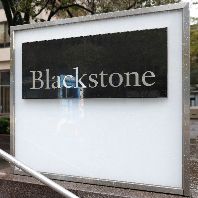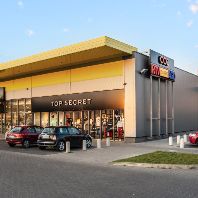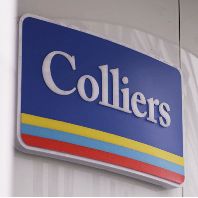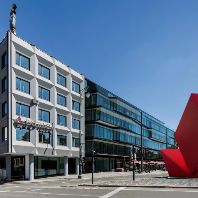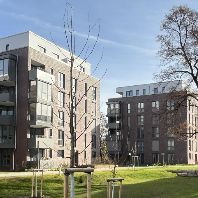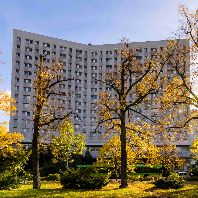Alternative real estate assets are now firmly ensconced in the mainstream after forming 25% of total European real estate investment activity in 2015, up from just 15% in the last market peak in 2007, according to Savills.
The international real estate advisor says that European alternative assets have been steadily rising in popularity with investors over the past 15 years, with allocations increasing by approximately 25% y-o-y, as investors look beyond traditional office, retail and industrial property for higher returns. Niche alternative assets such as student accommodation, senior housing, healthcare/clinics and leisure – which tend to be characterised by lower transaction volumes, less liquidity, lower transparency and are often counter-cyclical – can offer average prime yields of 6% in the UK, compared to an average of 4.6% on traditional prime commercial property assets.
Demand is also driven by long-term demographic trends in Europe, such as ageing populations and growing volumes of international students and tourists. Marcus Lemli, head of investment for Savills Europe, said: “These predictable demographic trends, the low correlation of alternative assets with economic cycles, and the stable income that they can produce are factors that make such assets popular with investors.”
The UK market saw the highest volume of activity in 2015, accounting for almost 50% of total European alternative asset investment activity (excluding hotels and multifamily), worth approximately €10bn, with Germany following at 25% and Sweden at 13%. The most popular type of alternative asset in 2015 were mixed-use buildings, typically consisting of residential or office buildings with commercial ground floors or commercial parks including workshop and production space, which accounted for almost a third of alternative transactions. Healthcare/senior housing captured 14%, student accommodation 12% and car related uses (parking areas, service areas, petrol stations and motor trade) 8%.
Eri Mitsostergiou, director, Savills European research, said: “The UK market, being the most liquid and transparent in Europe, has traditionally led the way with regards to investment into alternative assets, with mainland Europe following behind. However, the rising importance of alternative assets for portfolio diversification and enhancement of returns is leading to an increase in volumes across the continent. While some risk-averse investors will continue to invest in prime assets, others need to look beyond the traditional commercial sectors to achieve their desired returns or are choosing to move on from the search of cyclical capital growth to long term stable income producing investments. We therefore expect investors that have been priced out from the competitive UK market to turn their attention to Europe, which will demonstrate comparable growth rates in the alternative asset market segments over the coming year.
“In our view, the key sectors that will see the strongest activity are the residential, healthcare and student accommodation markets in the UK, Germany, France, the Netherlands, the Nordics and increasingly Spain.”




